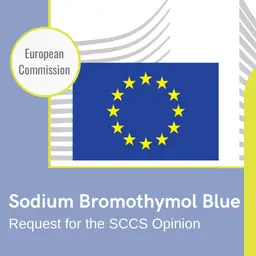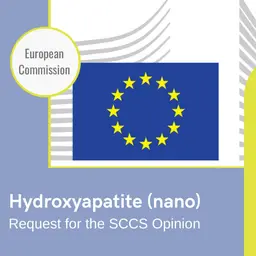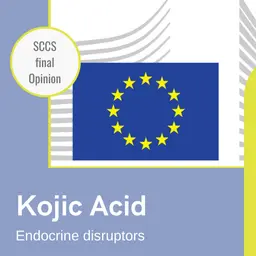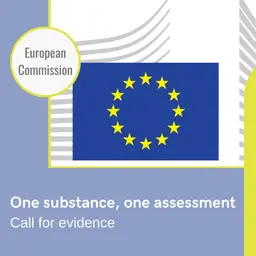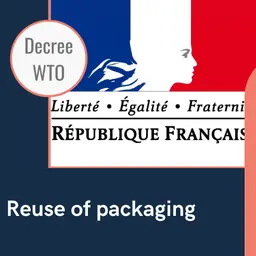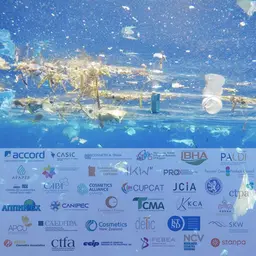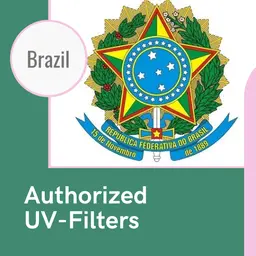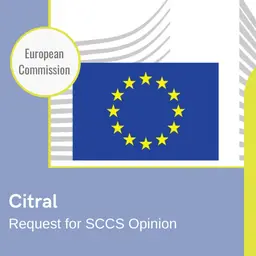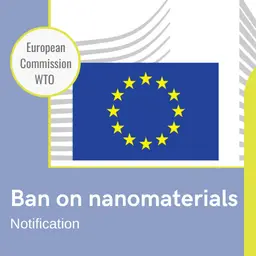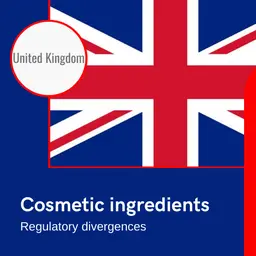
This is the latest, and the least important, that was still lacking. After the nano Titanium dioxide, Zinc oxide, Carbon black … silica as nanoparticles will see its safety assessed by the SCCS. This time, it is not a request by the cosmetic industry, as for the others that it wants to see listed in the Annexes of the Cosmetics Regulation, so as to use them without prior notification. The European Commission decided to present the file, worried by the 172 notifications of products that contain nano-silica. The SCCS shall give its Opinion within six months.
Background
Article 2(1)(k) of Regulation 1223/2009 (the Cosmetics Regulation) establishes that “nanomaterial” means an insoluble or biopersistent and intentionally manufactured material with one or more external dimensions, or an internal structure, on the scale from 1 to 100 nm.
That definition covers only materials in the nano-scale that are intentionally made, and are insoluble/partially-soluble or bio-persistent (e.g. metals, metal oxides, carbon materials, etc), and it does not cover those that are soluble or degradable/non-persistent in biological systems (e.g. liposomes, emulsions, etc.). Article 16 of the Cosmetics Regulation requires any cosmetic product containing nanomaterials to be notified to the Commission six months prior to being placed on the market, and Article 19 requires nano-scale ingredients to be labeled (name of the ingredient, followed by ‘nano’ in brackets). If there are concerns over the safety of a nanomaterial, the Commission shall refer it to the Scientific Committee on Consumer Safety (SCCS) for a full risk assessment.
The Commission received 172 notifications of cosmetic products containing the following nanomaterials:
• 67 notifications for Silica (nano), CAS: 112945-52-5,
• 26 notifications for the Hydrated silica (nano), CAS: 112926-00-8,
• 12 notifications for Silica silylate (nano), CAS: 68909-20-6,
• 67 notifications for Silica dimethyl silylate …

